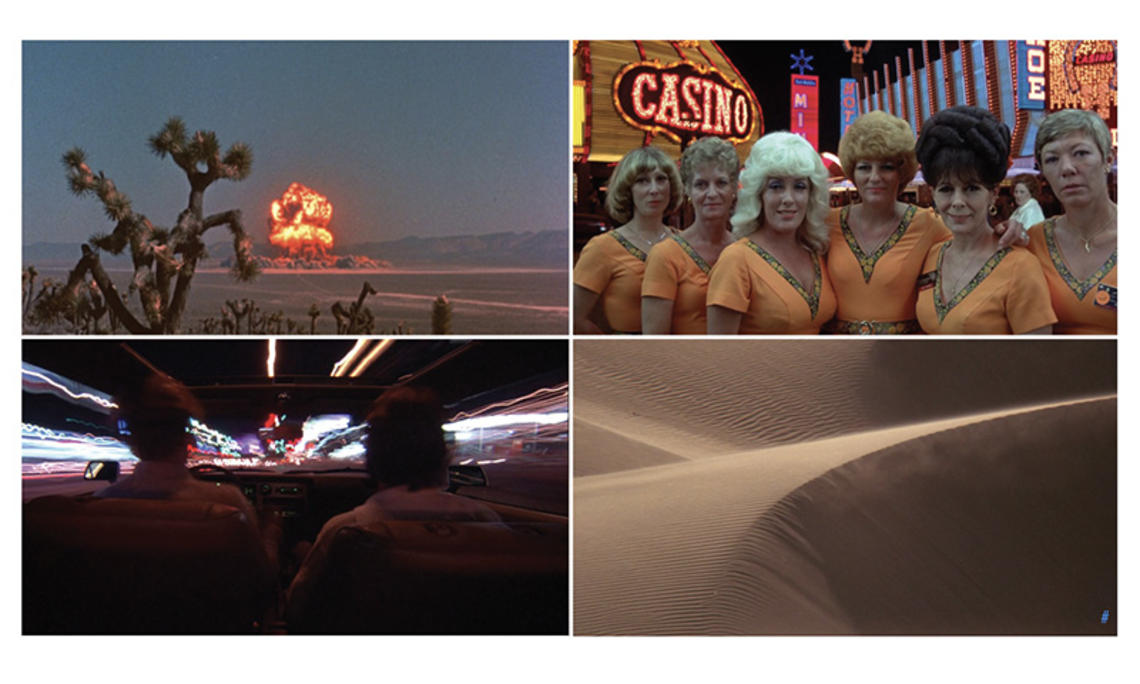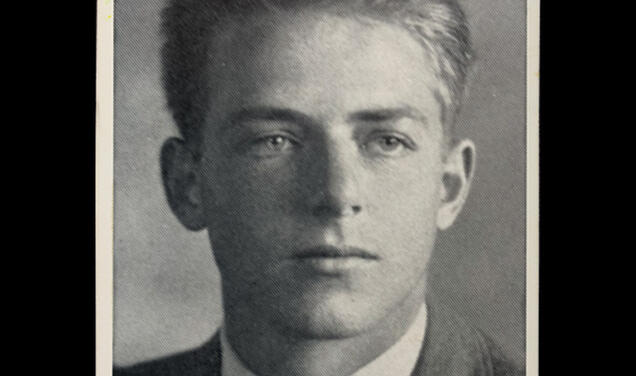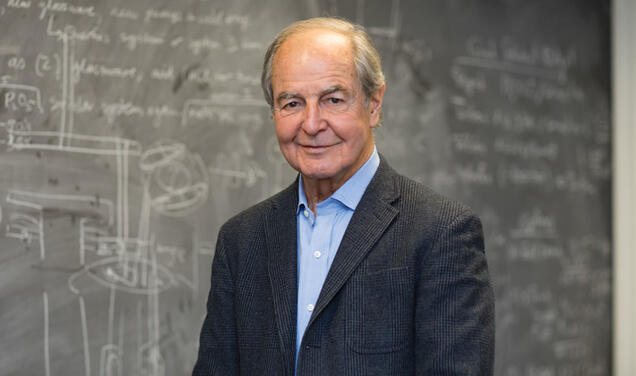
Imagine having a long, insightful conversation with friends about a film, only to discover some of you watched it in reverse. That’s what happened in Professor D. Graham Burnett ’93’s undergraduate course, Historical Consciousness: An Introduction, though it was no accident.
Burnett’s class, which is new this fall, centers around how the past has been conveyed and conceived in different times and places, how the past remains present, and the implications of humans as historical creatures.
“We are time-bound beings,” said Burnett, a professor of history. “We’re creatures that live in time, and the kinds of things we think and the way we work are inextricable from the when.”
The dozen enrolled students were assigned Koyaanisqatsi, a 1982 experimental film consisting of footage that has at times been reversed or slowed down, with no dialogue or obvious connection between one scene and the next. During a lengthy class discussion, students made perceptive comments, like comparing the movie to the weaving together of fabric, and Burnett said historians literally control time in their work. Then he played the movie.
That’s when everyone else realized that depending on whether they copied the URL from the syllabus or played it on Canvas, some watched the 90-minute movie as originally intended, but others saw it backwards.
“My mind is blown!” one student exclaimed.
Burnett said this represented a “discovery to be made about the nature of time, a discovery to be made about the nature of cinema, and a discovery to be made about this moment.”
Mahalia Norton ’24 said the class is “like a wizard experience” because something “weird” always happens. For example, in one class, everyone closed their eyes and described an image they viewed together the week before. Norton described the experience as “like having a séance.”
Burnett said that exercise lent itself to some of the technical and demanding course concepts, as it “really gave us an opportunity to confront the problem of historical recovery itself … because we didn’t all remember the [image] in the same way.”
Norton said she enjoys the class in part because the challenging material has “touched the deepest corners of my brain [and] I can feel myself engaging with the world differently.”
“As a history major, it’s made a lot of the lessons that I’ve learned feel much more tangible and given me a lot of confidence as a thinker,” she said.










No responses yet